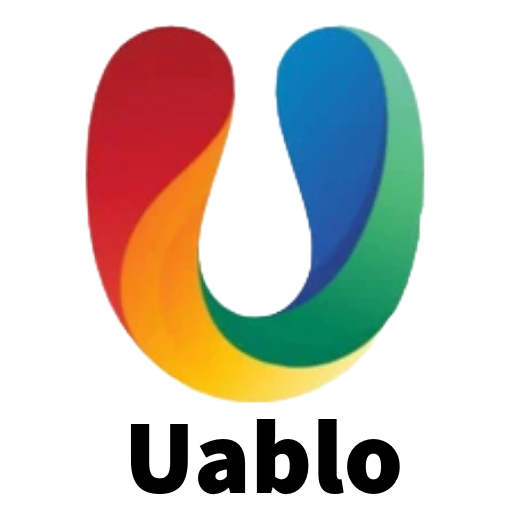United States Waste Management Market Share Insights on Leading Companies and Regional Influence

The United States Waste Management Market Share is distributed among several major players who dominate specific segments such as municipal waste collection, hazardous waste disposal, and recycling services. Market share is largely influenced by the adoption of advanced technologies, quality of service, and compliance with environmental regulations. Companies with robust infrastructure and sustainable practices are expected to maintain or increase their market share over time.
The United States Waste Management Market has experienced significant growth in recent years, driven by increasing urbanization, industrialization, and growing environmental concerns. Waste management in the U.S. encompasses the collection, transportation, processing, recycling, and disposal of waste materials in a sustainable and efficient manner. The market addresses both municipal solid waste (MSW) and industrial waste, providing essential services for maintaining public health and environmental sustainability. The market has evolved with the adoption of advanced technologies, government regulations, and increased awareness about recycling and waste reduction strategies.
Market Dynamics
The United States Waste Management Market is influenced by a combination of dynamic factors that shape its growth trajectory. On the demand side, the increasing population, rapid urban expansion, and growing industrial activities have led to a surge in waste generation. Municipal authorities and private organizations are continuously seeking efficient solutions to manage the rising volumes of waste. Technological advancements in waste collection, transportation, sorting, and recycling have significantly enhanced operational efficiency and reduced environmental impact. On the supply side, the presence of established market players and investments in infrastructure have strengthened the industry’s ability to meet growing demand. Moreover, government policies and environmental regulations play a crucial role in promoting sustainable waste management practices across sectors.
Drivers of the Market
Several key factors are driving the growth of the United States Waste Management Market. Firstly, the increasing awareness of environmental protection and sustainability among individuals, corporations, and governments has encouraged investments in modern waste management systems. Recycling initiatives, composting programs, and waste-to-energy projects have gained popularity as environmentally friendly alternatives to traditional landfill disposal. Secondly, the rise in municipal and industrial waste generation due to population growth, urbanization, and industrialization has increased the demand for efficient waste collection and disposal services. Additionally, government incentives and regulations promoting waste segregation, recycling, and the use of sustainable disposal technologies are further boosting market growth. Technological innovations such as automated waste collection systems, advanced recycling equipment, and real-time monitoring solutions have also contributed to the overall efficiency and effectiveness of waste management processes.
Restraints Affecting Market Growth
Despite the promising growth prospects, the United States Waste Management Market faces certain challenges that could hinder its expansion. High operational costs associated with waste collection, transportation, and processing remain a significant barrier for both private and public sector players. The installation and maintenance of advanced recycling and waste-to-energy technologies require substantial capital investments, limiting accessibility for smaller operators. Additionally, the improper disposal of hazardous and electronic waste poses environmental and health risks, creating regulatory and compliance challenges. Market fragmentation, coupled with regional disparities in waste management infrastructure and practices, also limits uniform growth across the country.
Market Segmentations
The United States Waste Management Market can be segmented based on service type, waste type, and end-user industry. By service type, the market is divided into collection, recycling, treatment, disposal, and consulting services. Collection services dominate the market due to the necessity of systematic waste gathering and transportation. Recycling services have witnessed steady growth owing to increased focus on sustainability and resource recovery. By waste type, the market includes municipal solid waste, industrial waste, hazardous waste, biomedical waste, and electronic waste. Municipal solid waste constitutes the largest segment due to the high volume of household and commercial waste generated daily. Industrial waste management is growing rapidly as industries increasingly adopt waste reduction and recycling measures. By end-user industry, the market serves municipalities, healthcare, construction, manufacturing, and commercial sectors. The municipal sector continues to be the largest consumer of waste management services, while industries such as healthcare and manufacturing are increasingly focusing on sustainable waste disposal practices.
Challenges and Market Constraints
The United States Waste Management Market faces several challenges that restrict its optimal growth. Managing the rising volumes of waste while adhering to environmental regulations is a constant challenge for service providers. The improper disposal of hazardous, chemical, and electronic waste can lead to contamination of soil, water, and air, necessitating strict monitoring and compliance. The market is also constrained by fluctuations in raw material availability for recycling processes and the high cost of waste-to-energy projects. Public awareness and behavioral patterns around waste segregation and recycling remain inconsistent, impacting the efficiency of waste management programs. Additionally, the competition from small local operators and emerging startups can limit the market share of established companies, creating a fragmented industry landscape.
Future Outlook
The future of the United States Waste Management Market appears promising, with steady growth expected over the next decade. Technological advancements, such as artificial intelligence-based waste sorting, automated collection vehicles, and smart recycling systems, will revolutionize the sector. The adoption of circular economy principles, where waste is converted into resources, is likely to gain momentum, further promoting sustainable practices. Government initiatives supporting green infrastructure, waste-to-energy projects, and public-private partnerships will provide additional impetus to market growth. Rising environmental awareness and community participation in recycling and waste reduction programs will enhance the efficiency of waste management systems. As the market continues to evolve, integration of digital technologies, regulatory compliance, and sustainable practices will define the competitive landscape and offer new opportunities for growth.





